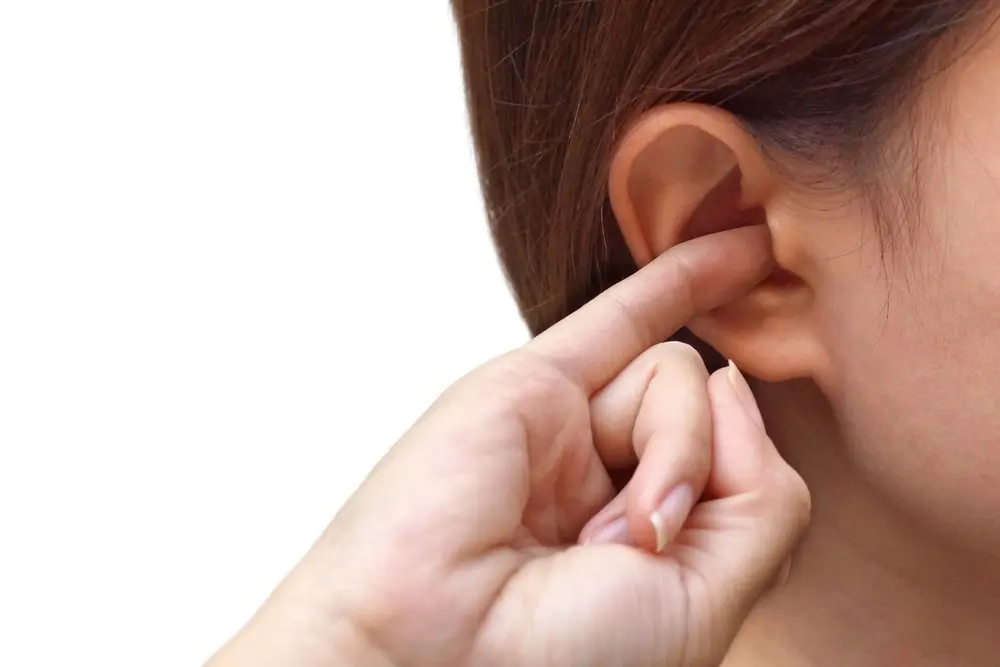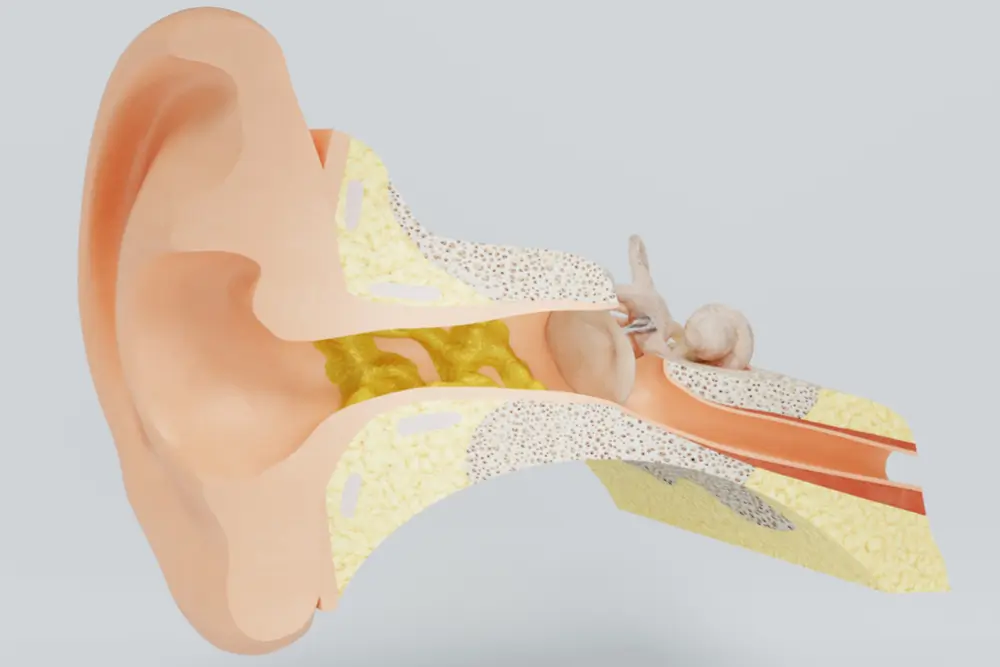Removal of ear wax- when and how?
What is ear wax?
- Ear wax is also known as “cerumen”. It’s a yellow or brownish substance made by the lining of the ears.
- It naturally protects the ears by water-proofing them, as well as trapping dirt, dust, germs and dead skin cells.
- The wax containing this trapped material gradually makes its way to the opening of the ear (movements such as talking and chewing help with this process), cleaning the ears as it does so.

What are the symptoms of ear wax?
Symptoms of ear wax build-up may include
- A blocked sensation in the ears
- Slightly reduced hearing
- Buzzing or ringing in the ears (tinnitus)
- Sometimes mild discomfort or irritation in the ears
.
Why does ear wax build up?
Some people are troubled by recurring build-up of ear wax. There are several reasons this can happen:
- Some people tend to produce more ear wax than others
- Some people have naturally narrow ear canals that block up easily
- Hairy ears
- Eczema, psoriasis or other skin conditions
- Cleaning the ears with fingernails or cotton buds (this pushes the wax in further and may also irritate the canal)
- Working in dusty/dirty environments
- Wearing hearing aids, ear plugs or earphones.
Removal of ear wax
- If your ears feel blocked, it’s usually best to get examined by a doctor first.
- Ear wax is common, but there are other causes of blocked ears such as Eustachian Tube Dysfunction and Otitis Externa. Quite often patients come to their doctor asking for removal of ear wax, but it turns out that there is no wax build-up and the symptoms are caused by something else.
- Over-the-counter wax-dissolving ear drops are helpful- they soften the wax and may help it to come out. However, they should not be used if you have a perforated eardrum.
- Research suggests lukewarm water or olive oil may be just as effective as ear-drops, as they gently melt the wax.
- Your GP or Ear Nose & Throat Specialist can perform removal of ear wax by syringing warm water into the ear, or by microsuction (like a miniature vacuum cleaner). Occasionally other techniques or tools such as forceps may be used. You may be advised to soften the wax before these treatments, by using ear drops.
- Ear candles are not advisable, due to the risk of burns and damage to the eardrum.
How can you stop ear wax building up?
- Avoid cleaning the inside of your ears with fingernails or cotton buds etc- just clean the ear wax gently when it naturally comes to the opening of the ear canal
- If you have a skin condition such as eczema in the ear area, get this treated
- If you’re prone to wax build-up, it may help to use ear-drops to soften the wax every week or so. Speak to your pharmacist about products that may help.
Further patient resources
Article references
Getting a Mental Health Care Plan in Australia: Your Guide
Getting a Mental Health Care Plan in Australia: Your Guide Mental health matters—and if you’re feeling overwhelmed, anxious, or down, a mental health care plan can help. But what is it, and how do [...]
UTI Symptoms and Treatment: What You Need to Know
UTI Symptoms and Treatment: What You Need to Know Urinary Tract Infections (UTIs) are common, uncomfortable, and often disruptive. But what exactly are the signs to watch for, and how can you get relief [...]
Free Mental Health Care Plan Online | Bulk-Billed by Qoctor
Free Mental Health Care Plan Online | Bulk-Billed by Qoctor Discover how to get a free, bulk-billed Mental Health Care Plan (MHCP) in Australia through Qoctor's telehealth service. Accessing [...]





